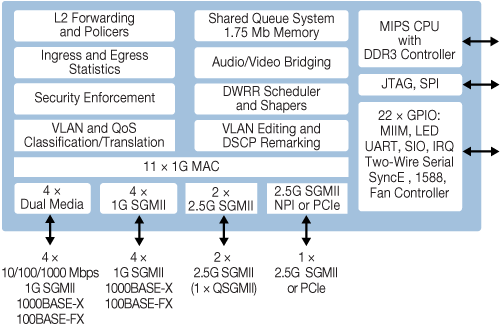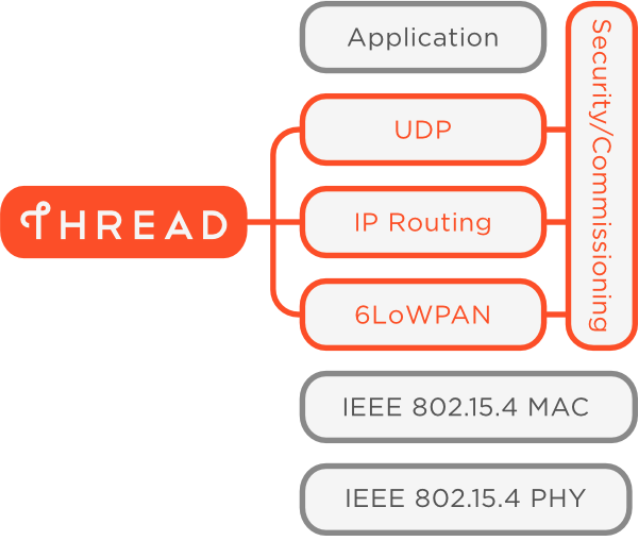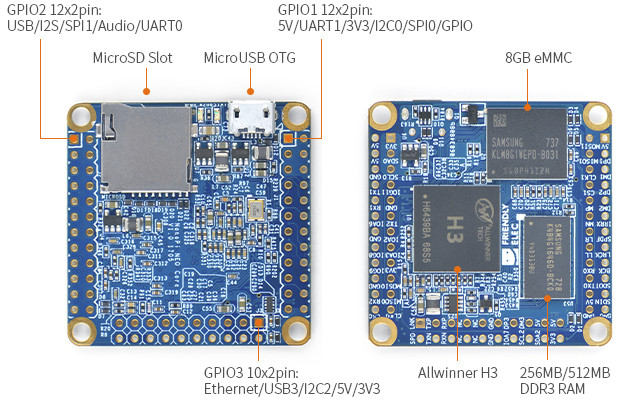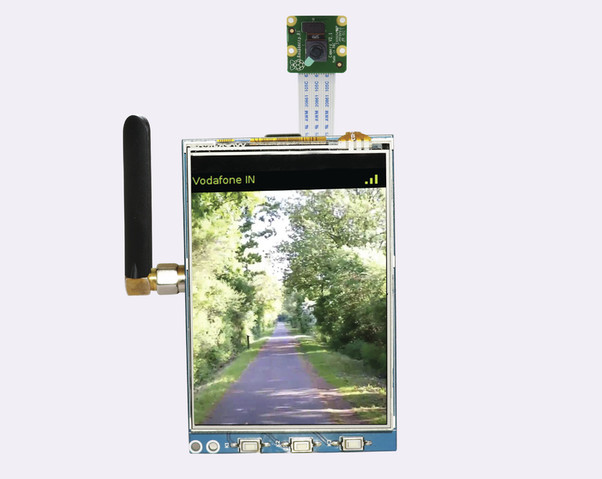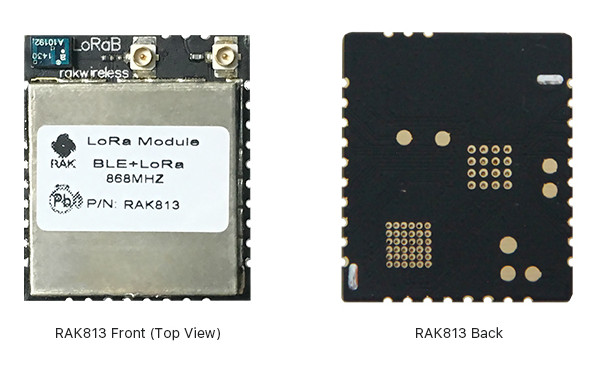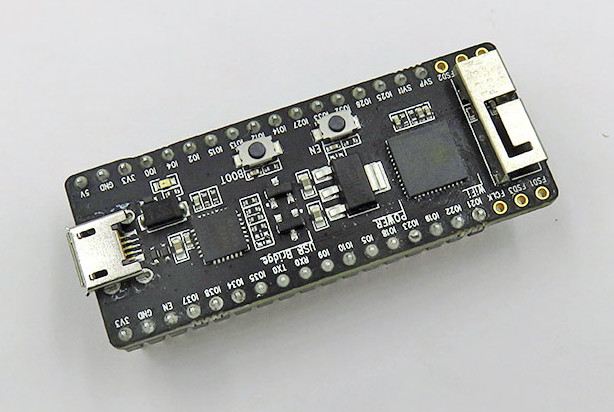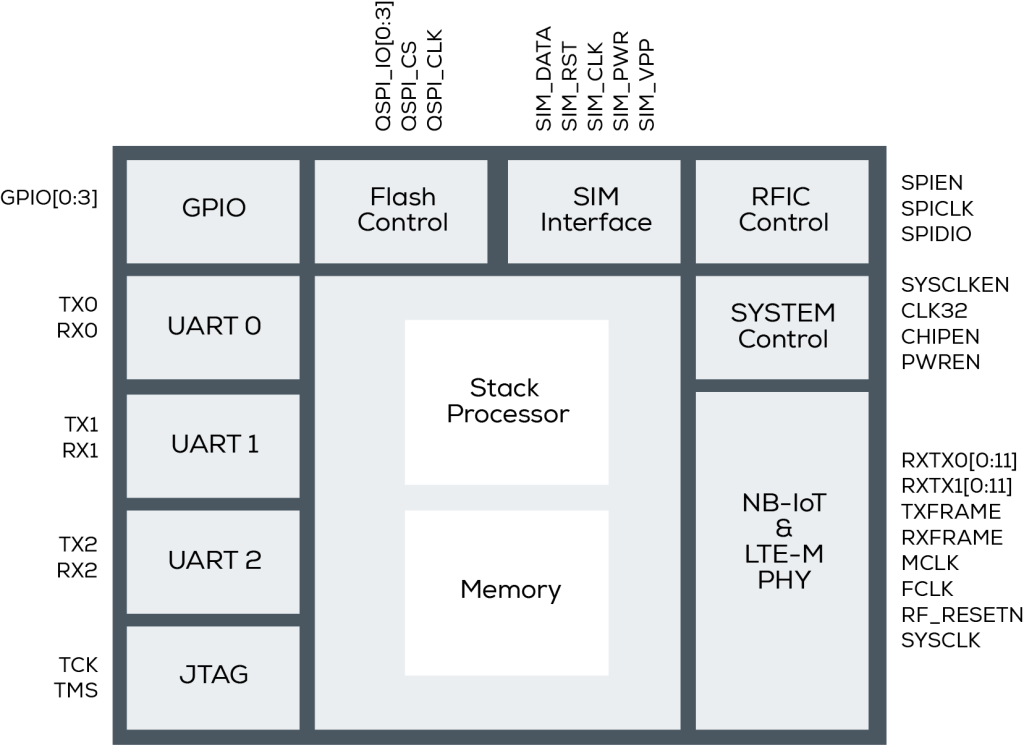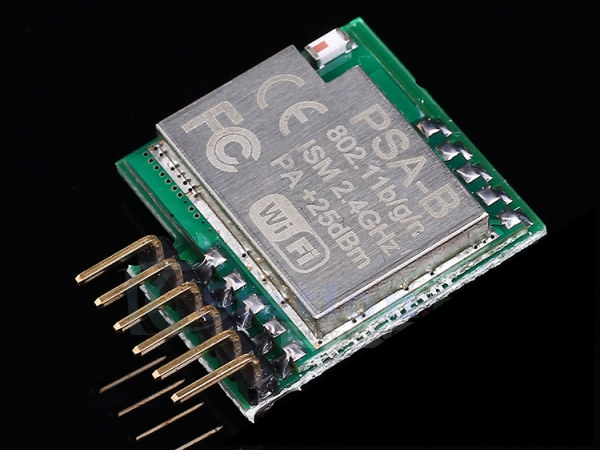Microsemi VSC7514 is a 10-port Gigabit Ethernet (GbE)/SMB switch supporting a combination of 1G and 2.5G Ethernet ports, and VSC7513 comes with basically the same features except it’s limited 8 ports. Both SoCs include a MIPS processor with DDR3 memory interface, and support industrial and enterprise Ethernet switching features such as VLAN and QoS processing. Microsemi VSC751x Ocelot family was unveiled in June 2016, but I only heard about them today, as Free Electrons recently added initial support for VSC7513 & VSC7514 chip into mainline Linux with the patch series available here. Microsemi VSC7514 specifications & features: CPU / Memory Interface – Integrated 500 MHz MIPS 24KEc CPU with MMU and DDR3/DDR3L SDRAM controller Ethernet Connectivity – 4x dual media copper ports, 2x 1G SGMII ports, and 2x 1G/2.5G SGMII ports Host CPU Interfaces – PCIe 1.x and NPI CPU interface Internal shared memory buffer (8 queues per port) Jumbo […]
Google Announces LoWPAN/Thread Support in Android Things DP 6.1
Not to be confused with LPWAN (Low Power Wide Area Network), LoWPAN (Low Power Wireless Personal Area Network) solutions are designed for peer-to-peer usage on constrained battery-powered devices using standard procotols like HTTP and CoAP. Based on 6LoWPAN and 802.15.4, Thread is one of those LoWPAN standards, and Google has just added API support for configuring and managing LoWPAN as a part of Android Things Developer Preview 6.1, including networking support for Thread. Google explains “these types of low-power connectivity solutions enable Android Things devices to perform edge computing tasks, aggregating data locally from nearby devices to make critical decisions without a constant connection to cloud services”. You can read LoWPAN API guide to learn more details on building your own apps to create and join local mesh networks, but to quickly get started OpenThread running on Nordic Semi RF52840-PDK is recommended. You’ll first need to install the firmware and […]
NanoPi NEO Core and NEO Core2 Allwinner H3/H5 Systems-on-Module Launched for $7.99 and Up
FriendlyELEC has launched many cool NanoPi development boards such as NanoPi NEO2, NanoPi A64, or more recently NanoPi Duo based on Allwinner H- or A- series ARM processors, as well as some models based on Samsung/Nexcell or Amlogic SoC. The company has now launched two other NanoPi products that are a bit different since they are systems-on-module – or could even be considered minimal development boards – with namely NanoPi NEO Core powered by Allwinner H3 quad core 32-bit processor, and NanoPi NEO Core2 based on Allwinner H5 quad core 64-but processor. NanoPi NEO Core Specifications: SoC – Allwinner H3 quad core ARM Cortex-A7 processor up to 1.2GHz with Mali-400MP GPU System Memory – 256MB or 512MB DDR3 RAM Storage – NC/8GB/16GB/32GB eMMC flash, micro SD slot USB – 1x micro USB OTG port also used for power input Expansion – 2x 2.54mm pitch 24-pin headers, 1x 2.54mm pitch 20-pin […]
Turn Your Raspberry Pi into a “Smartphone” or Cellular IoT Gateway with PiTalk 3G HAT (Crowdfunding)
The Raspberry Pi boards are used in a countless number of projects, and some of those turn one of Raspberry Pi boards into a (thick) smartphone powered by Linux. The first one was probably PiPhone based on Raspberry Pi 1 Model B, and other followed suit such as TyTelli based on Raspberry Pi Model A+, and more recently ZeroPhone powered, as its name implies, by Raspberry Pi Zero board. UK based SB Components Ltd is offering another option with their PiTalk HAT based on a Quectel 3G UMTS module, and kits adding a 3.2″ to 5″ display, an optional camera, and/or Raspberry Pi 3 board. PiTalk board specifications: Cellular Connectivity Quectel UC15 3G/2G UMTS/HSDPA and GSM/GPRS/EDGE module with up to 3.6 Mbps download, 384 Kbps upload SMA antenna connector Push push SIM card holder Voice, SMS and data support Audio – 3.5 mm audio jack, speaker and mic support via […]
RAK Wireless Introduces LoRa + BLE Module, LoRa GPS Tracker, and NB-IoT/eMTC Arduino Shield
We’ve previously covered several products from RAK Wireless, including RAK WisCam Arduino compatible Linux camera, RAK CREATOR Pro Ameba RTL8711AM WiFi IoT board, and WisCore modular development kit for application leveraging voice assistants such as Amazon Alexa. AFAIK, the company had not released any new products since their RAK831 LoRa gateway module launched last summer, but they just contact me with the release of three new wireless products, namely RAK813 BLE + LoRa module, RAK811 LoRa tracker board, and WisLTE NB-IoT/eMTC/eGPRS Arduino shield. RAK813 BLE + LoRa module & Development Board Main features and specifications: Connectivity LoraWAN via Semtech SX127x (LoRa) chipset Frequency Ranges 433MHz, 470MHz FCC Frequency range 902~928MHz CE Frequency range 863~870MHz MIC Frequency range 920~928MHz KCC Frequency range 920~923MHz Receiver Sensitivity: LoRa down to -146 dBm TX Power – adjustable up to +14 dBm, max PA boost up to 20dbm Range – Up to 15 km in rural […]
ESP32-PICO-KIT v4 Board Based on ESP32-PICO-D4 SiP Now Available for $10
A little while ago, I received a bunch of ESP32 PICO Core development boards which were based on Espressif Systems ESP32-PICO-D4 system-in-package with ESP32, 4MB SPI Flash, and other components. The advantage of such chip is that is requires less external component, and allows for smaller designs. For example, the boards I received would leave two row of pin on each side of the board, while most other ESP32 boards will only expose one row on each side. I used the board to play with Micropython ESP32 port, and later-on when I launched a giveaway of 8 of the boards, I found out the name had changed to ESP32-PICO Kit, with the documentation listing v3 with all pins connected to male headers, and v4 with 6-pin not connected to a male header as shown in the photo below. Both versions of the board also have a different pin layout. But […]
Riot Micro RM1000 NB-IoT and eMTC Baseband Chip Unveiled for the Cellular IoT Market
Telecommunication providers don’t intend to let newcomers like Sigfox or Semtech (LoRa) get all the fun and money with the Internet of Things, and that’s why LTE Cat M1 (eMTC) and Cat NB1 (NB-IoT) have been standardized. We have already covered module and silicon vendors products such as U-blox SARA-R4 / SARA-M2 modules, or Mediatek MT2625 SoC supporting the new protocols defined in 3GPP release 13 specifications. U-blox even have a module that supports both NB-IoT and eMTC in a single chip, but they are not alone anymore, as a startup called Riot Micro introduced RM1000 baseband NB-IoT & eMTC chip. RM1000 key features & specifications: MCU – ARM Cortex-M0 processor Storage – QSPI Flash interface Connectivity LTE-M Baseband supporting 3GPP Release 13 NB-IoT Baseband supporting 3GPP Release 13 SIM interface with power control Peripherals Digital data and control interface to popular RFICs (RBDP/DIQ/SPI) 3x UART interfaces General purpose I/O […]
This Tiny ESP8266 Board is Designed for DIY WiFi Switches
Various breadboard-friendly boards based on ESP8266 or other chips are available on the market, but some readers are not quite satisfied with the offerings, and need more available pins on the breadboard so they ended up hacking the board matching their needs by either bending header pins, or soldering modules to stripboards. As I browsed new arrivals on ICstation website, I found a tiny board with ESP8266 module that exposes I/Os via what looks like 2.54 mm pitch header that should fit right into a breadboard. But after further checking only three I/Os are exposed, and the board is actually specifically designed for wireless switches, and comes with firmware that works with eWelink app used in Sonoff devices. So the module could be useful for people wanting to control devices without doing programming at all, and limited to no soldering. Just connect the module, and control it without smartphone. Board […]


